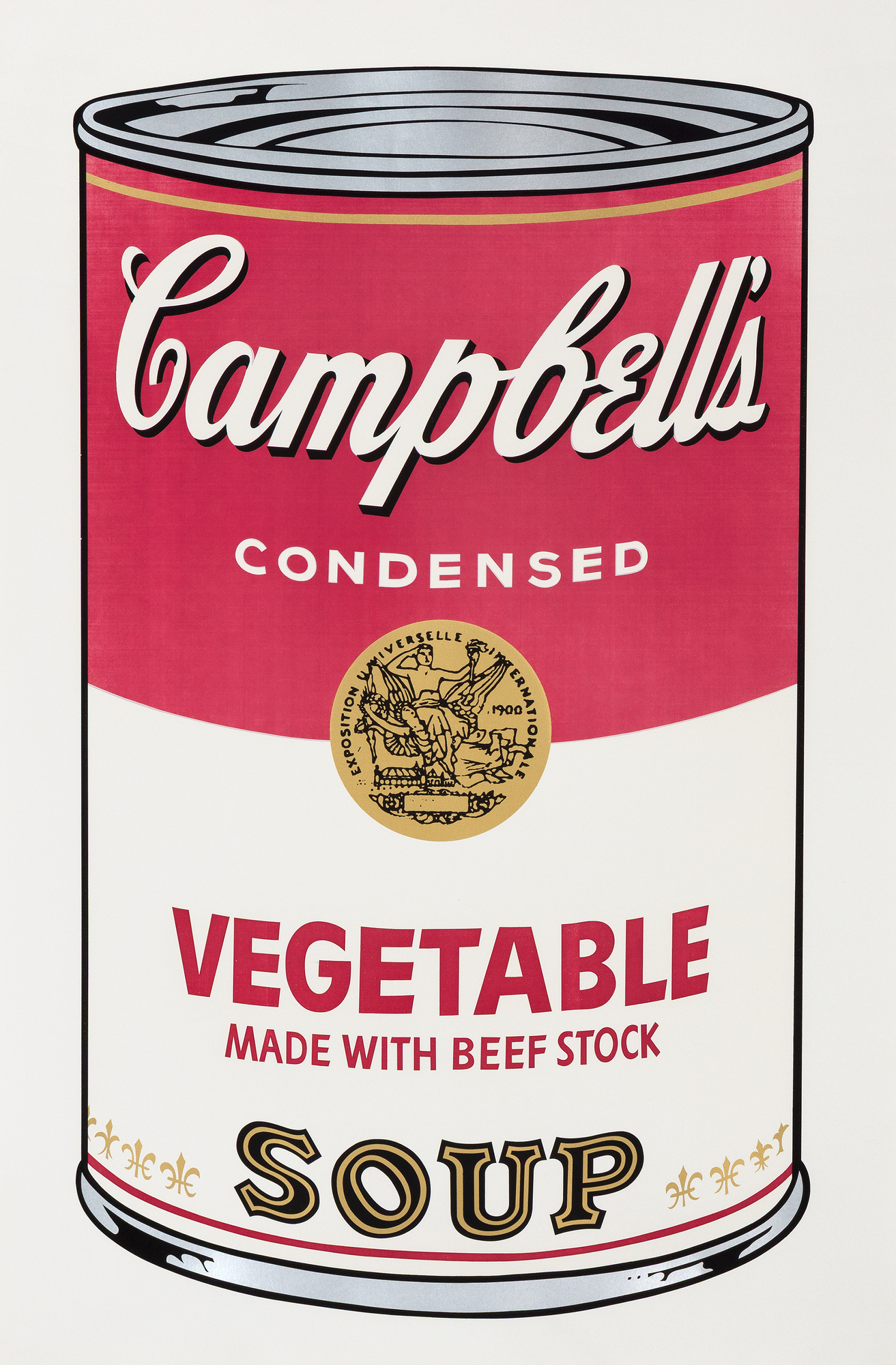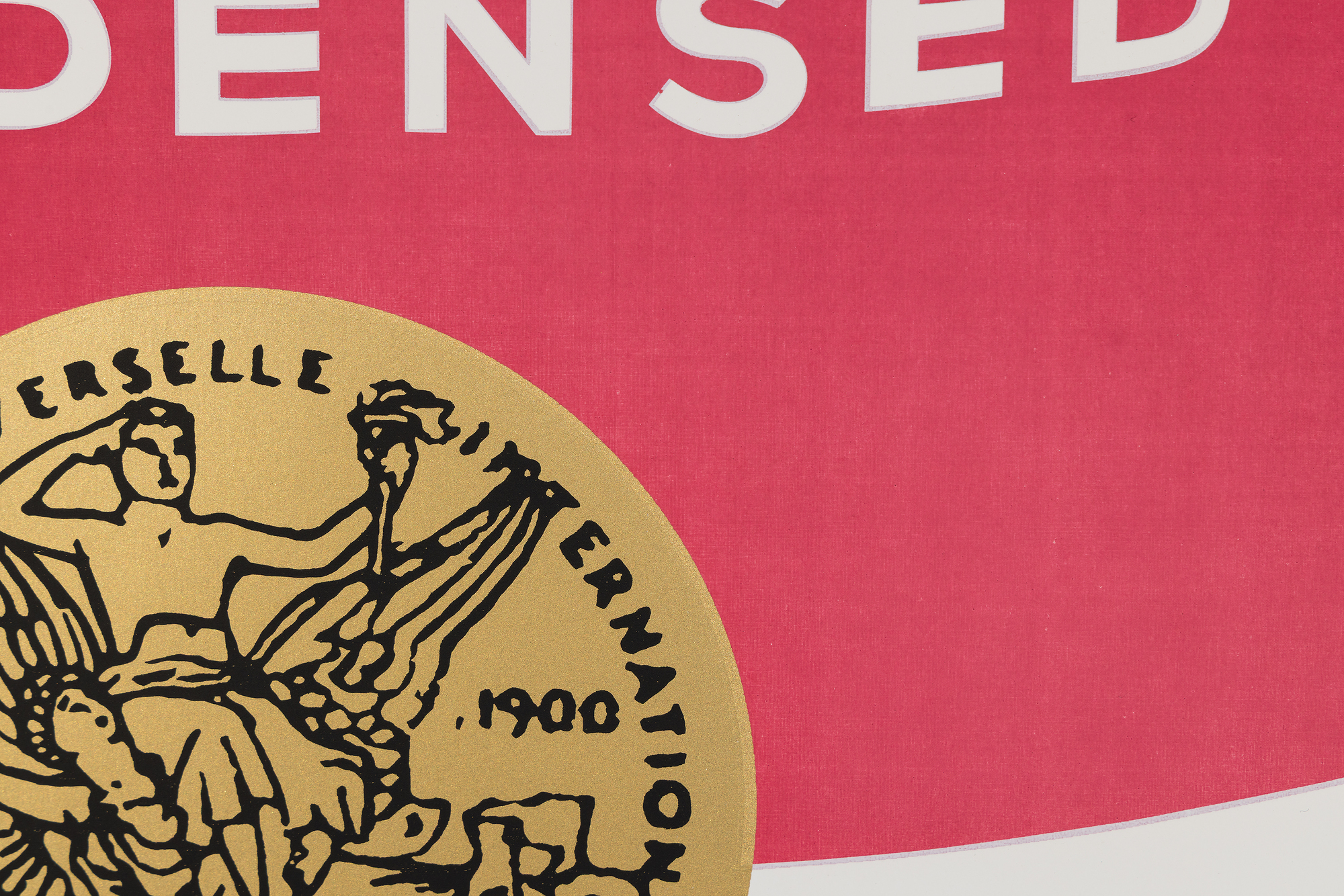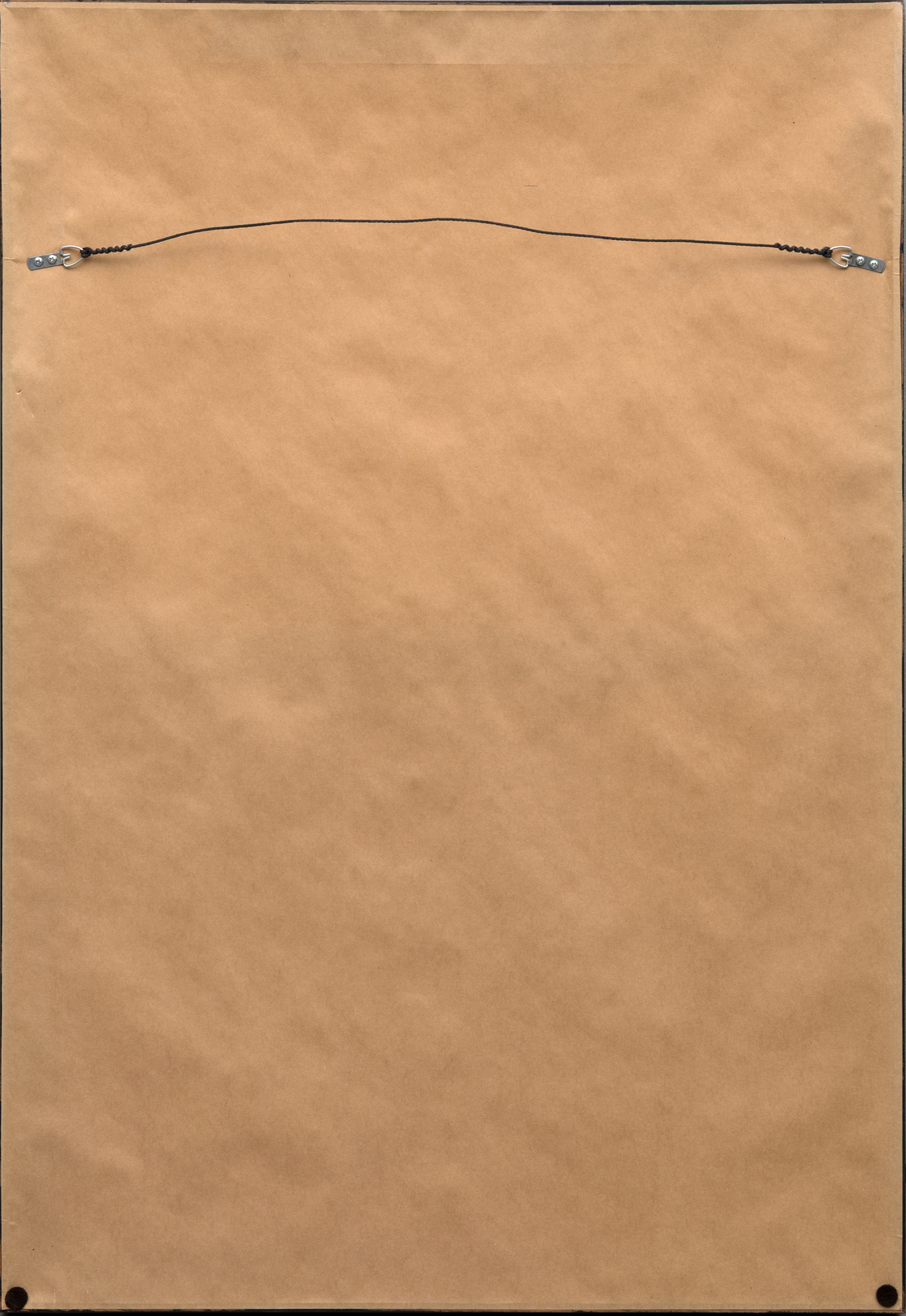أندي وارهول (1928-1987)










الاصل
هاميلتون سلوايمجموعة خاصة
85,000
لقد كانت السرعة التي احتضن بها عالم الفن وارهول جديرة بالملاحظة: ففي يوليو 1962، ظهرت لوحاته الاثنتان والثلاثون التي تحمل عنوان "علب حساء كامبل" لأول مرة في معرض فيروس في لوس أنجلوس، مما عزز سمعته بسرعة. بدت تلك اللوحات المبكرة، وهي من بين آخر أعماله المرسومة يدوياً، منتجة بشكل ميكانيكي تقريباً، ولكن سرعان ما تخلى وارهول عن الفرشاة لصالح الشاشة الحريرية، وهي عملية تجارية سمحت بتكرار لا نهاية له وتنويعات مذهلة لمواضيعه المختارة.
كان حساء الخضار واحداً من اثنين وثلاثين نوعاً أصلياً ولا يزال ظاهرة ثقافية شعبية، حيث يظهر باستمرار على كل شيء من الأطباق والأكواب إلى القمصان وربطات العنق وحتى ألواح ركوب الأمواج. يؤكد تحويل وارهول لأصناف المتاجر اليومية الأساسية إلى أيقونة دائمة على عبقريته في الارتقاء بالأشياء العادية إلى عالم الفن الراقي. يجسد حساء الخضروات بخطوطه الواضحة ودقته الصناعية أكثر إسهامات الفنان جذرية: دمج الثقافة الاستهلاكية بالفن الراقي.


